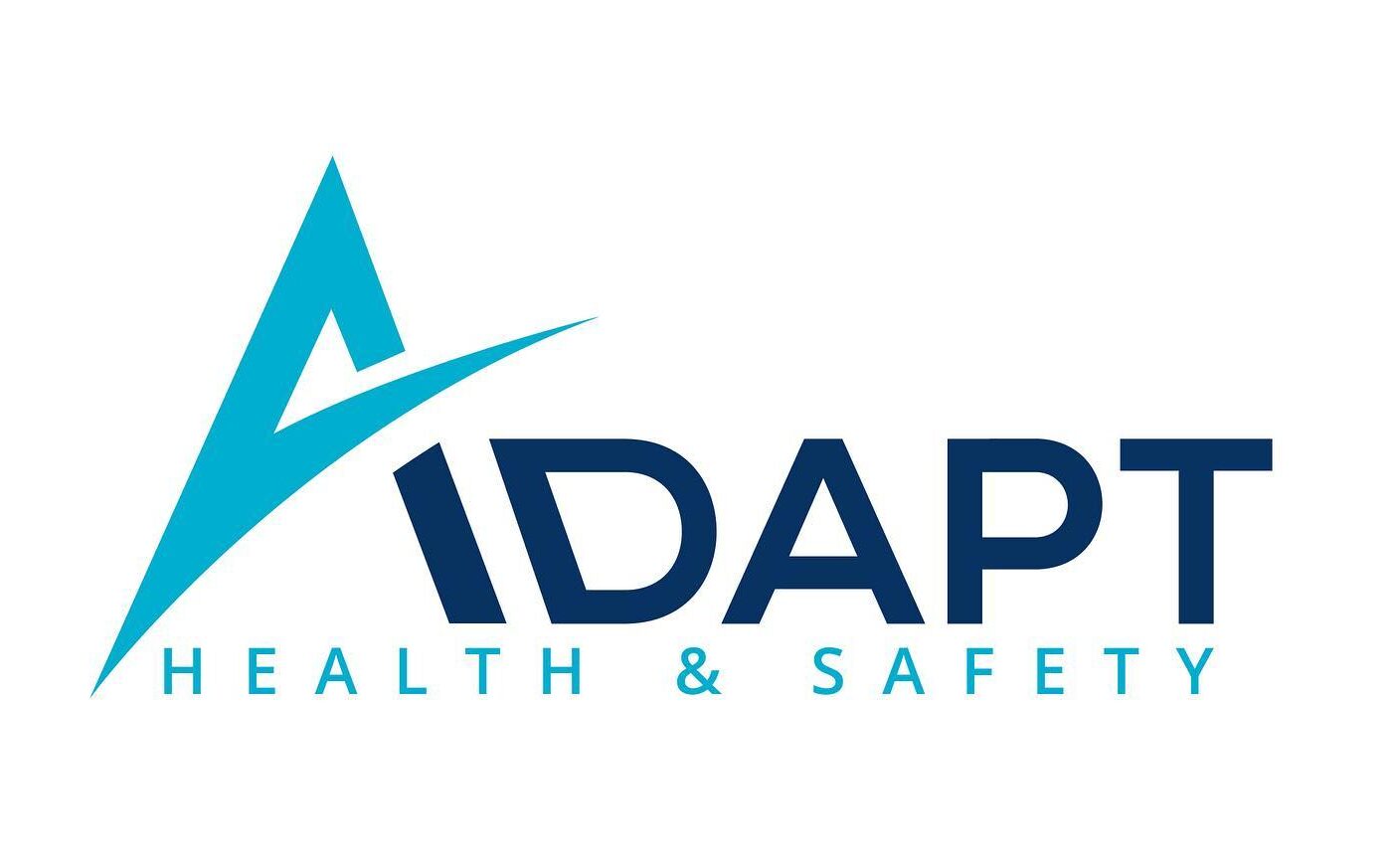Slips, Trips & Falls are responsible for 50% of all reported accidents to all members of the public that happen in the workplace.
Slips, Trips & Falls outdoors increase during Autumn and Winter and this is due to a number of reasons. Just some of these include: less light, an increase in leaves on pathways, which then can become wet and slippery and cold weather such as ice and snow.
There are several things that we can do in order to reduce the potential risks. It is important to improve lighting, for example, turning on outdoor lights, particularly if you are not able to see potential hazards on the ground. It may be beneficial to ask employees if they struggle to see when entering or exiting buildings in the dark. In addition, it is important to attempt to remove leaves wherever possible, for example, by brushing regularly or racking them up. Slip resistant paving is important to reduce the risk of slips and trips, whilst also ensuring signage is in place, for example, wet floor signs at building entrances. In snowy and icy conditions, gritting is often the main option used to reduce the risk of slips, trips and falls.
Gritting should be carried out when frost, ice or snow are forecast or when pathways become or are likely to become wet, and the temperature is at or below freezing. It is always therefore vital to monitor weather and temperature. Outdoor areas should be identified which are likely to be affected by poor weather, for example, carparks, walkways, entrances and exits.
It is important to use signage such as warning cones in snowy and icy conditions and wet floor signs when wet, however it is essential that these are only used when necessary and not always left out otherwise individuals will just ignore signage.
